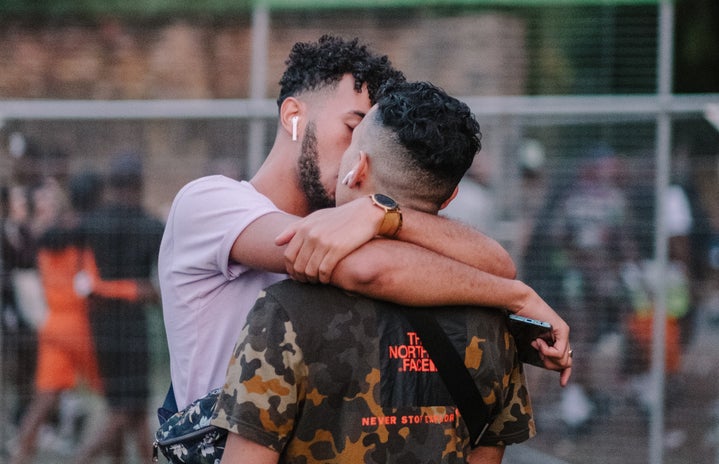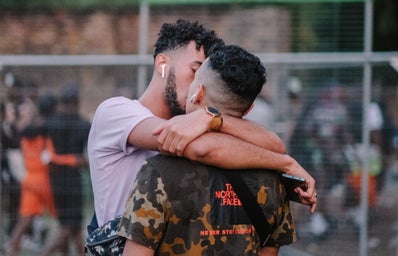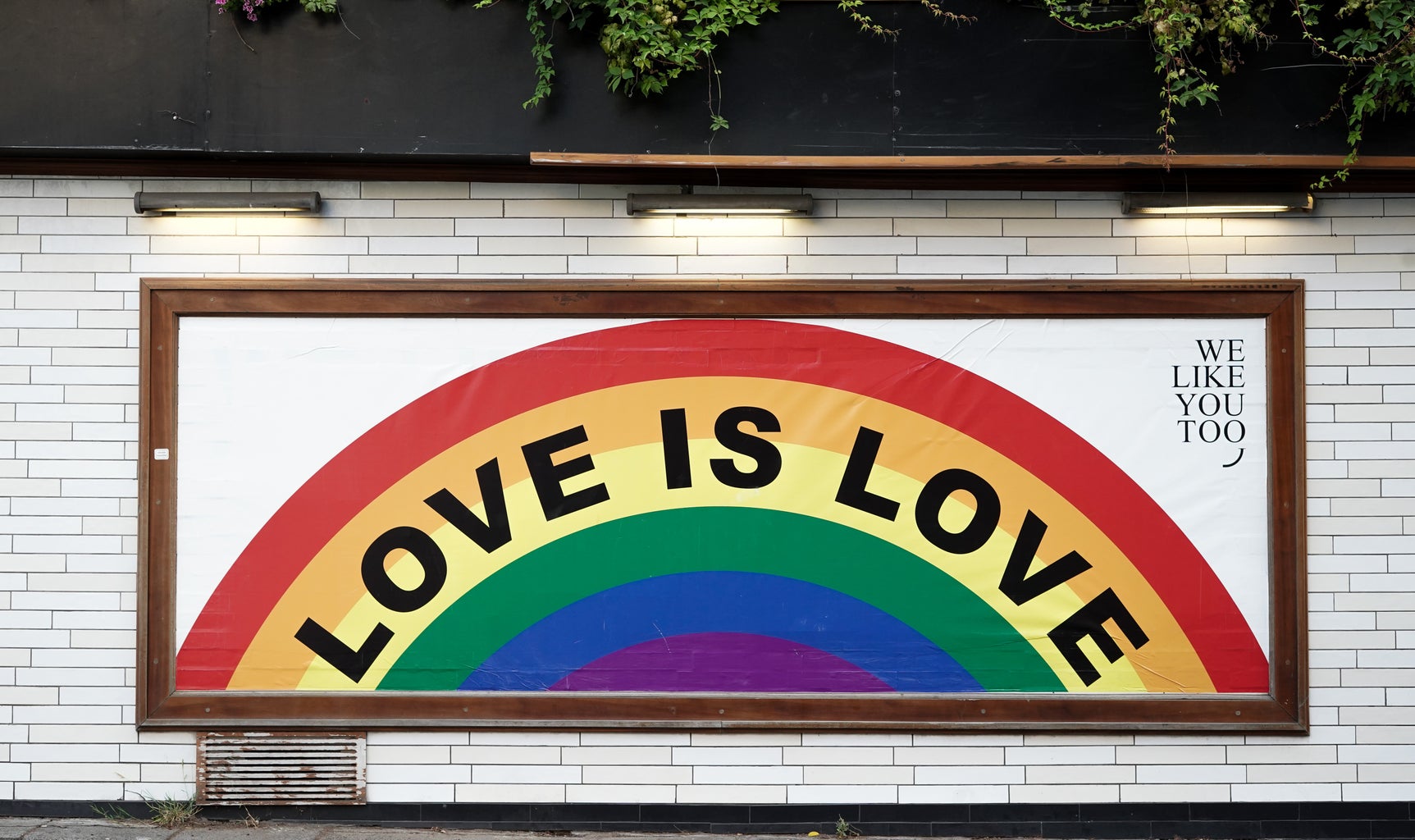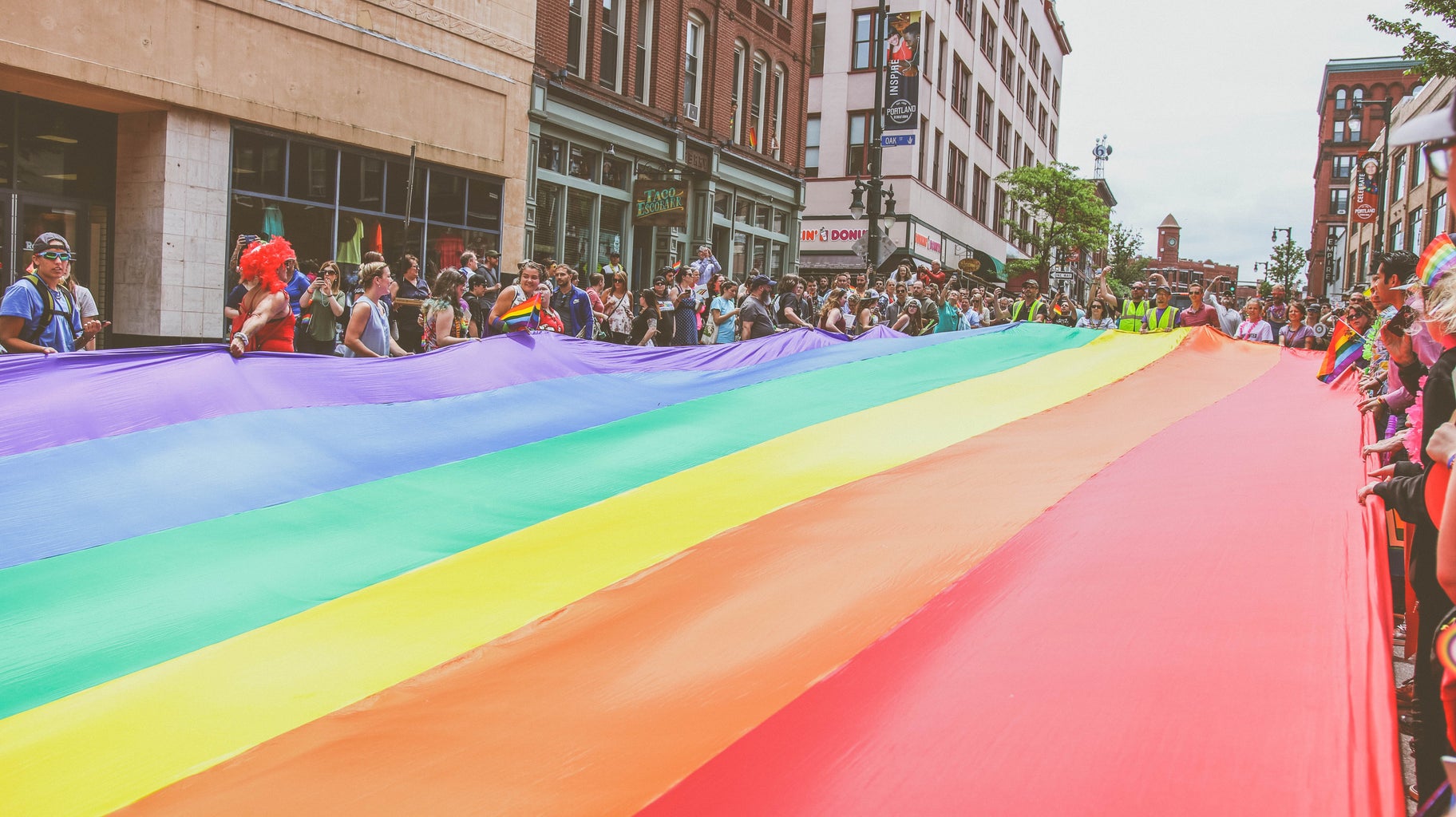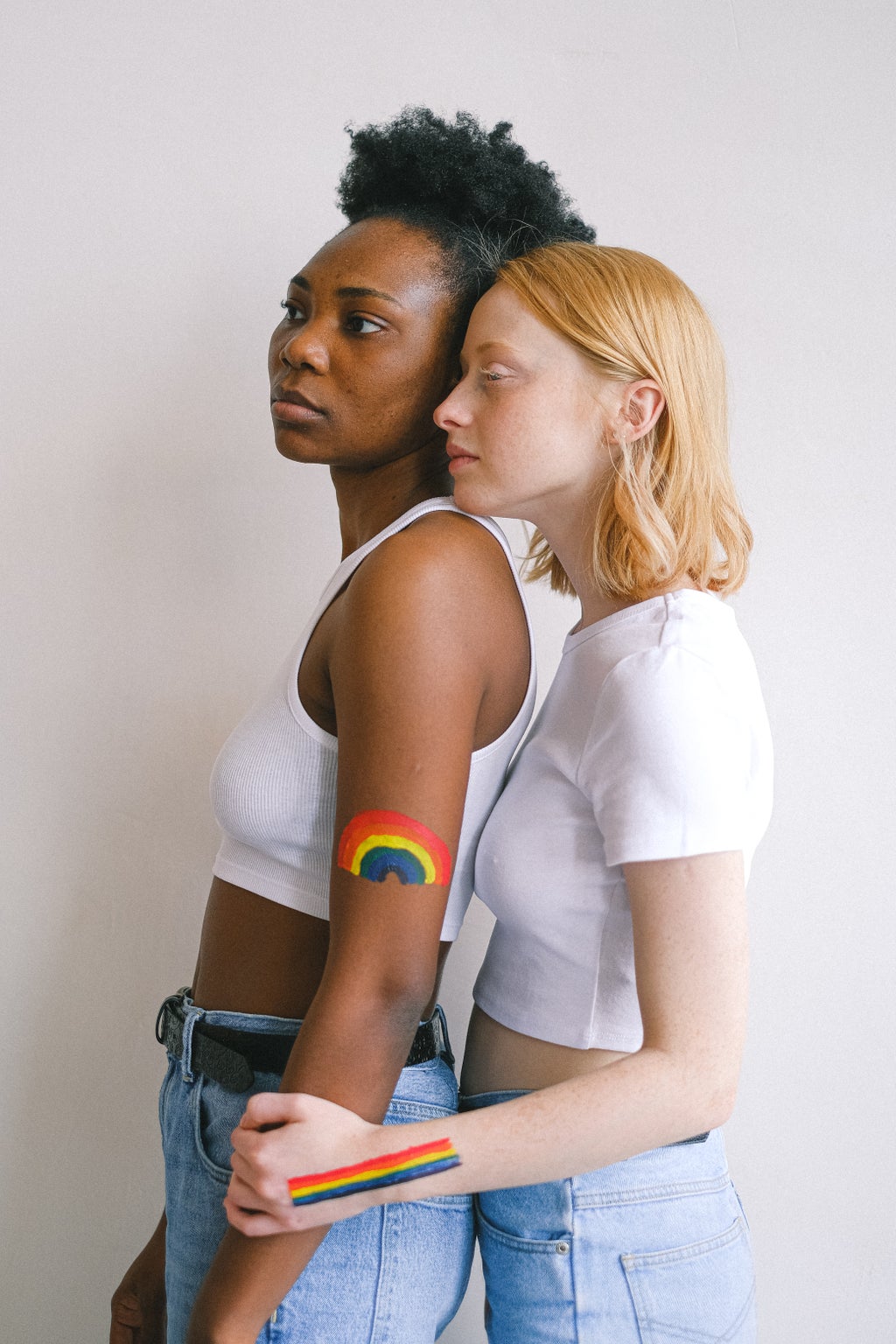Having recently wrapped up Pride Month, there has been reflection on the events of the month and discussion about ongoing efforts to promote visibility and cohesion within the LGBTQ+ and queer communities. This includes having frank conversations about the state of inclusivity within the communities themselves and the pressing issue of bi-erasure.
What is bisexuality?
Being bisexual means being attracted to both male and female individuals, or more broadly attracted to more than one gender. It refers to an experience that can be either sexual or romantic, or both, depending on the person. This is often talked about as a spectrum, meaning that there are infinite identity possibilities between straight and gay that someone can identify as. There is more to sexuality than just straight or gay.
Another identity that is similar to bisexuality is pansexuality, which oftentimes gets equated to being bisexual despite their differences because they both refer to being attracted to more than one gender but pansexuality is someone attracted to all genders. However, those identifying with either label experience related forms of erasure.
What is bi-erasure?
The experiences of bi and pan people are oftentimes overlooked or erased from the minds of the public, and even within the LGBTQ+ community. This can be attributed to the “in-between” nature of these identities.
As humans, we like to place things in boxes to help them make sense to us, according to research by Brian A. Feinstein. This becomes problematic when it reduces or erases the lived experiences of others. Bi erasure happens when “the existence or legitimacy of bisexuality (either in general or in regard to an individual) is questioned or denied outright.” This can take many forms. Many times two women in a relationship will be automatically labeled as lesbians, for example. This erases the possibility of one or both being bisexual or pansexual.
Additionally, the assumption that a person in a heterosexual relationship is straight has a similar effect. Relationship status often does not reflect a person’s sexuality, and assuming so can be harmful. Overall, bi-erasure relies on both the gender binary and the assumption that one can be either heterosexual or homosexual only.
Why is this problematic?
As previously mentioned, bi-erasure relies on an outdated social binary that ruthlessly maintains a toxic environment for anyone existing outside of the norm. More and more people are engaging in conversations about gender identity and sexuality in an honest and open way. Bisexual individuals make up 52% of the LGBTQ+ community in its entirety, according to a study done by the Williams Institute.
While being openly bisexual has become more common and subsequently more widely recognized, this means that people get lost in the middle of the spectrum. Bi-erasure is inherently gender exclusion, as it relies on the assumption that one’s gender correlates to their outward appearance. This can be especially tricky for non-binary people who may not be comfortable with labels such as “boyfriend” or “girlfriend,” as they are gendered terms.
Finally, bi-erasure dramatically decreases the likelihood of bisexual and pansexual people seeking resources and a community to affirm who they are. This can lead to serious health consequences, such as higher rates of depression and anxiety in bisexual people than in gay, lesbian or straight people. Isolation and ostracization can do this to a person, which can also lead to higher rates of things such as heart disease and high cholesterol.
How can this be addressed?
Interpersonal interactions are one of the best places to combat bi erasure. When someone you know uses biphobic rhetoric or seems to be confused about what bisexuality is, use that as a teaching moment. Take the time to advocate for your bi/pan peers and educate others on what it means to be these things, as well as what it doesn’t mean.
Additionally, if you’re able, donate to queer organizations that work to fight bi erasure, such as the Bisexual Resource Center and the American Institute of Bisexuality. Allocating funds to the people doing the researching, organizing, and supporting of those who don’t fall into the sexuality binary is an incredible way of showing support.
Also, continue to educate yourself. These educational resources linked above are not just for bisexual/pansexual people, they are for everyone. Take the time to read about the queer community, and listen to the queer people in your life about their lived experiences and what their sexuality means to them. This is a great way to equip yourself with the knowledge to enter the world and be the best ally you can be to the queer community.
